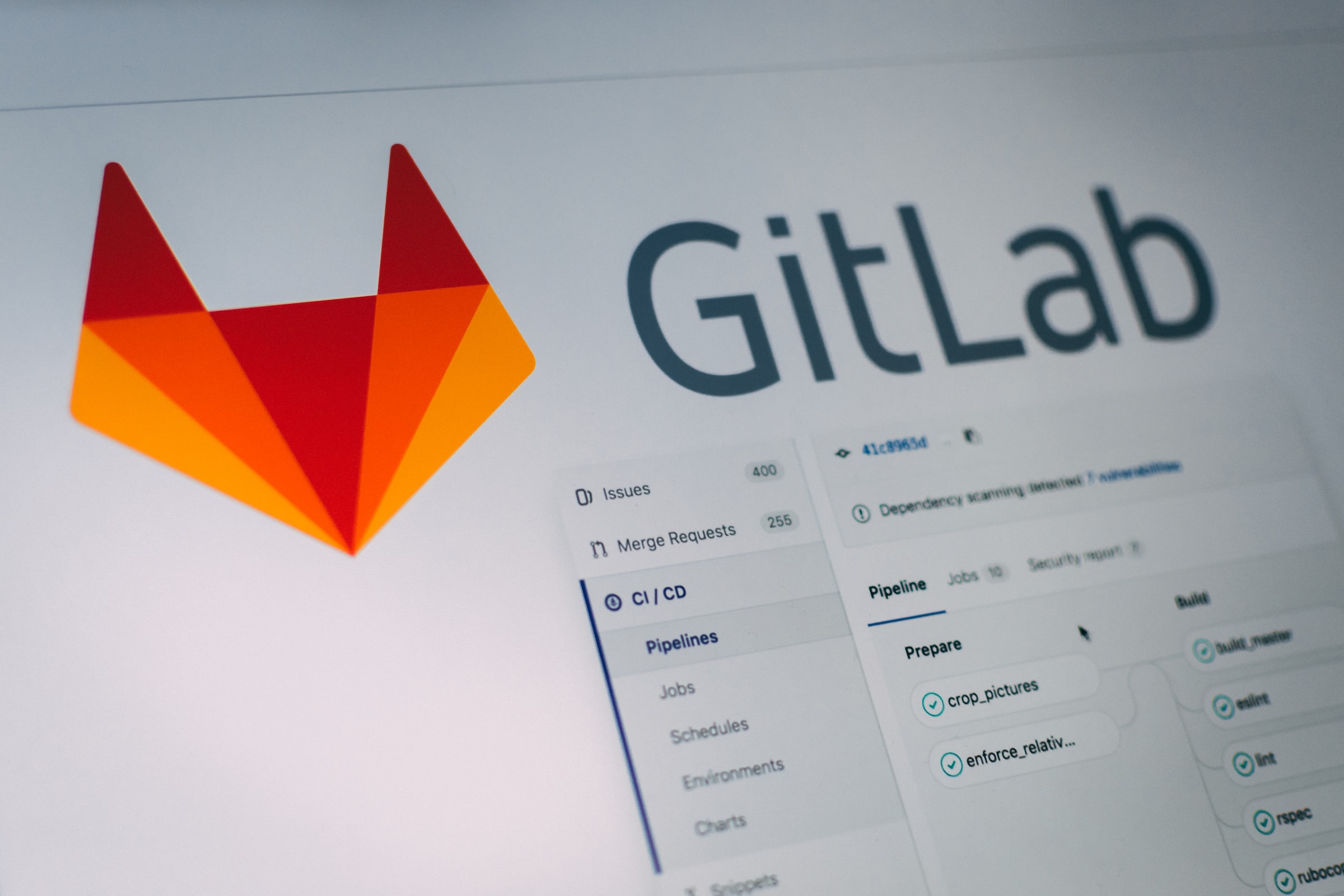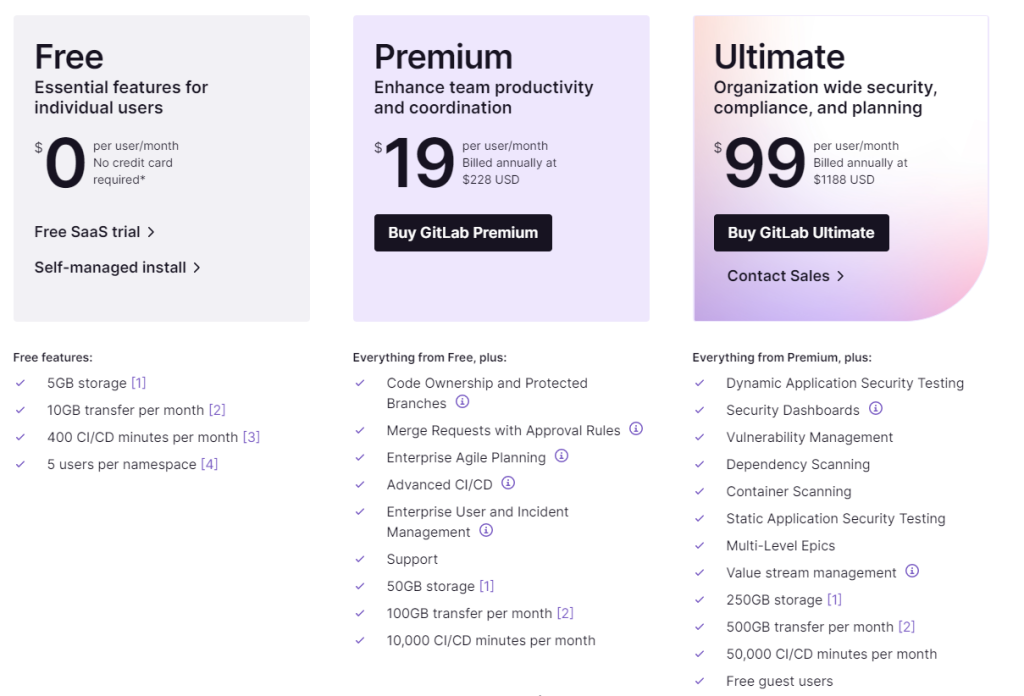We are amid a generational disruption whereby non-digital native companies seek to become software-led businesses. Each must continually evolve to deliver engaging digital experiences to their customers, build digital-first products on top of new business models, and re-architect their internal technologies and processes to foster a culture of innovation.
Modern software development requires companies to embrace both DevOps and DevSecOps. DevOps is the set of practices that combines software development (dev) and IT operations (ops). It aims to allow teams to collaborate and work together to shorten the development lifecycle and provide continuous delivery of high-quality software. Increasingly, DevSecOps is being adopted to embed security best practices earlier in the development process to enhance security while maintaining speed.
DevOps is an essential and strategic capability for every company today to stay competitive. When DevOps first started, each team bought its DevOps tools in isolation, leading to a “Bring Your Own DevOps” environment. The next evolution was standardizing company-wide on the same tool for each stage of the DevOps lifecycle (e.g., planning, creating, verifying, and packing).
However, these tools were not connected, leading to a “Best in Class DevOps” environment. Companies tried to remedy this fragmentation and inefficiency by manually integrating these DevOps point solutions, defining the next phase: “DIY DevOps.”
At the same time, the faster delivery of software required more DevOps tools per project. Increased adoption of a microservice architecture led to more projects. The combination caused an exponential increase in the number of tool-project integrations. This has often led to poor user experiences, higher costs, and increased time to deliver new software. As a result, business outcomes often failed, and the potential for DevOps was never fully realized. In short, an entirely new platform for DevOps was needed.
GitLab has pioneered The DevOps Platform, a single application that brings together development, operations, IT, security, and business teams to deliver desired business outcomes through efficient software development. It represents a step change in how organizations plan, build, secure, and deliver software. GitLab’s mission is to ensure that everyone can contribute.
The DevOps Platform by GitLab is built on a single codebase, unified data model, and user interface. Organizations can deploy The DevOps Platform as a self-managed offering in their own multi-cloud, hybrid-cloud, or on-premises environments and as a SaaS offering in GitLab’s own public cloud.
The DevOps Platform is designed to enable customers to move their DevOps workflow across any hybrid or multi-cloud environment while maintaining full feature parity and a single application experience.
The Strategy Story is not about underlying technology but about deep strategy analysis. So we decided to break down the business model of GitLab and learn how GitLab works and makes money.
What is GitLab? How does GitLab work?
GitLab is an open-core company that operates GitLab, a DevOps software package that combines the ability to develop, secure, and operate software in a single application. Ukrainian developer Dmitriy Zaporozhets and Dutch developer Sytse Sijbrandij created the open-source software project. In 2018, GitLab was considered the first partly-Ukrainian unicorn.
GitLab is The DevOps Platform, a single application that brings together development, operations, IT, security, and business teams to deliver desired business outcomes. Having all teams on a single application with a single interface represents a step change in how organizations plan, build, secure, and deliver software.
The DevOps Platform accelerates GitLab’s customers’ ability to create business value and innovate by reducing their software development cycle times from weeks to minutes. It removes the need for point tools and delivers enhanced operational efficiency by eliminating manual work, increasing productivity, and creating a culture of innovation and velocity.
The DevOps Platform replaces the DIY DevOps approach. It enables organizations to realize the full potential of DevOps and become software-led businesses. It spans all DevOps lifecycle stages and allows customers to manage and secure their applications across any cloud through a single platform.
The majority of GitLab’s customers begin by using Create and Verify. Developers use Create to collaborate on the same code base without conflicting or accidentally overwriting each other’s changes. Teams use Verify to ensure code changes go through defined quality standards with automatic testing and reporting.
Empowering Business Model & Marketing Strategy of Salesforce
GitLab has an open-core business model. GitLab freemium business model offers a free tier with many features to encourage the use of The DevOps Platform, solicit contributions, and serve as targeted lead generation for paid customers. GitLab also offers two paid subscription tiers with access to additional features that are more relevant to managers, directors, and executives.
The DevOps Platform is used globally by organizations of all sizes across various industries. To reach, engage and help drive success at each, GitLab’s sales force is amplified by its strategic hyper-scale partnerships, including Google Cloud and Amazon Web Services, or AWS. They offer The DevOps Platform on their marketplaces.
GitLab also benefits from strategic alliance partnerships, which resell The DevOps Platform to large enterprise customers, and its channel partnerships range from large global systems integrators to regional digital transformation specialists and volume resellers.
As of 2021, GitLab had 30Mn registered users but only 15000+ paying customers, out of which 3600+ are customers with Annual recurring revenue of $5000, 380+ customers with ARR of $100,000, and 27 with ARR of $1 Million. GitLab is running a business with just a 0.05% conversion rate. (as per GitLab’s IPO prospectus in 2021)
How does GitLab make money? What is the business model of GitLab?
Value Proposition
Entire DevOps lifecycle from a single application: This single codebase, unified data model, user permissions, and interface can centralize and unify every aspect of customers’ DevOps lifecycle to streamline workflows and processes and enhance overall productivity and efficiency.
Faster time to market: With The DevOps Platform, customers can often increase their software releases from the tens to thousands and reduce the time it takes to release new software from months to days, helping them generate more revenue.
Reduced vulnerabilities: The DevOps Platform eliminates the need for multiple data repositories and reduces the number of hand-offs between development, operations, and security teams, enabling customers to find and correct security vulnerabilities in their software.
Reduced costs: The DevOps Platform delivers cost savings to customers by eliminating the hidden costs and time it takes to manually integrate these point products and drive more significant efficiency gains and productivity.
Sales & Marketing Strategy of GitLab
GitLab’s go-to-market strategy spans a self-service buying experience, high-velocity inside sales, and a dedicated outbound enterprise sales team. Customer Success works to help customers achieve positive business results with GitLab by building awareness, adoption, usage, performance, and modern DevOps capabilities.
GitLab has technology and channel partners that increase efficient access to new customers. These partners include systems integrators, cloud platform partners, independent software vendors, managed service providers, resellers, distributors, and ecosystem partners.
The marketing strategy of GitLab focuses on generating awareness of The DevOps Platform to the developer community, existing customers and users, and potential customers.
As part of its marketing strategy, GitLab utilizes diverse tactics such as digital demand generation, account-based marketing, nurture programs, sales development, virtual and field events, sponsored webcasts, gated content downloads, whitepapers, display advertising, and integrated campaigns to connect with prospective customers.
The customer acquisition strategy of GitLab can be divided into three steps:
- GitLab offers a free trial to prospective customers, allowing customers to see the strengths of The DevOps Platform and the business benefits.
- GitLab then engages with these users to encourage them to upgrade to a paid version. Once a customer is onboarded, GitLab works to identify additional business units and parent/child/subsidiary prospects that would benefit from The DevOps Platform.
- Finally, as engaged members of the open-source community, GitLab’s contributors often serve as subject matter experts at market-leading developer events. The DevOps Platform is presented on the cutting edge of innovation.
GitLab competitors and competitive advantages
GitLab sees customers’ legacy approach of DIY DevOps, using a combination of point tools manually integrated, as its major competitors. But GitLab expects such competition to decrease over time as companies realize the shortcomings of this approach.
Beyond this legacy approach of DIY DevOps, GitLab’s principal competitor is Microsoft Corporation following their acquisition of GitHub. There are also several other private and public companies whose products address only a portion of the DevOps lifecycle and are cobbled together from several-point solutions.
How does Zendesk work: Business Model & Marketing Strategy
How does GitLab make money: revenue model
GitLab made $253 Million in 2022, a 66% increase from 2021. GitLab primarily makes money from offering self-managed (on-premise) and SaaS subscriptions. GitLab also makes money from professional services, including consulting and training.
Subscription – self-managed and SaaS
GitLab’s self-managed and SaaS subscriptions consist of support, maintenance, upgrades, and updates on a when-and-if-available basis. GitLab’s SaaS subscriptions provide access to the latest managed version of GitLab’s product hosted in a public cloud. The typical term of a subscription contract for a self-managed or SaaS offering is one to three years. Subscription – self-managed and SaaS contributed 90% to GitLab’s revenue in 2022.
GitLab has a subscription-based business model that offers The DevOps Platform in three different plans: Free, Premium, and Ultimate. While the Free tier platform includes significant functionality for individual users, the paid tiers have more relevant features for managers, directors, and executives.
- Free plan caters to capabilities needed by individual contributors to do their daily jobs.
- Premium Plan builds on the capabilities of the Free Plan while also adding functionality explicitly intended for managers and directors to help teams enhance collaboration between development and operations teams, manage projects and portfolios, and accelerate code deployment.
- Ultimate Plan provides additional functionality for executives with functions to help organizations establish better collaboration between development, operations, and security teams, instill organizational-wide security, compliance, and planning practices, and implement full value stream measurement, analytics and reporting across the DevOps lifecycle.
GitLab’s subscription plans are a self-managed offering that customers download to run in their own public, private, or hybrid cloud environments and a SaaS offering that is managed by GitLab and hosted in the public cloud.
License – self-managed and other
The license component of GitLab’s self-managed subscriptions reflects the revenue recognized by providing customers with access to proprietary software features. Other revenue consists of professional services revenue, primarily derived from fixed fee offerings subject to customer acceptance. License – self-managed and others contributed 10% to GitLab’s revenue in 2022.

















